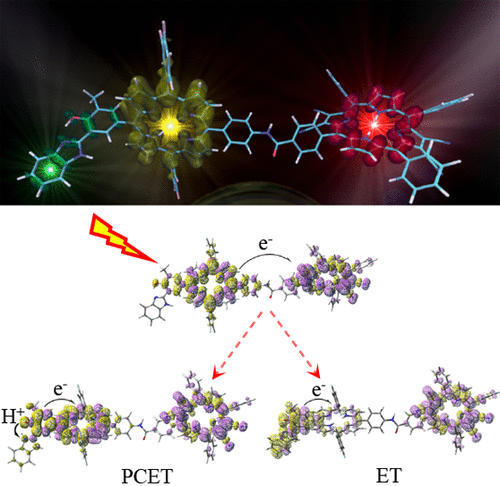Revealing the Origins of Mechanically Induced Fluorescence Changes in Organic Molecular Crystals
Advanced Materials 2018
DOI: 10.1002/adma.201800817
Mechanofluorochromic molecular materials display a change in fluorescence color through mechanical stress. Complex structure–property relationships in both the crystalline and amorphous phases of these materials govern both the presence and strength of this behavior, which is usually deemed the result of a mechanically induced phase transition. However, the precise nature of the emitting species in each phase is often a matter of speculation, resulting from experimental data that are difficult to interpret, and a lack of an acceptable theoretical model capable of capturing complex environmental effects. With a combined strategy using sophisticated experimental techniques and a new theoretical approach, here the varied mechanofluorochromic behavior of a series of difluoroboron diketonates is shown to be driven by the formation of low‐energy exciton traps in the amorphous phase, with a limited number of traps giving rise to the full change in fluorescence color. The results highlight intrinsic structural links between crystalline and amorphous phases, and how these may be exploited for further development of powerful mechanofluorochromic assemblies, in line with modern crystal engineering approaches.





